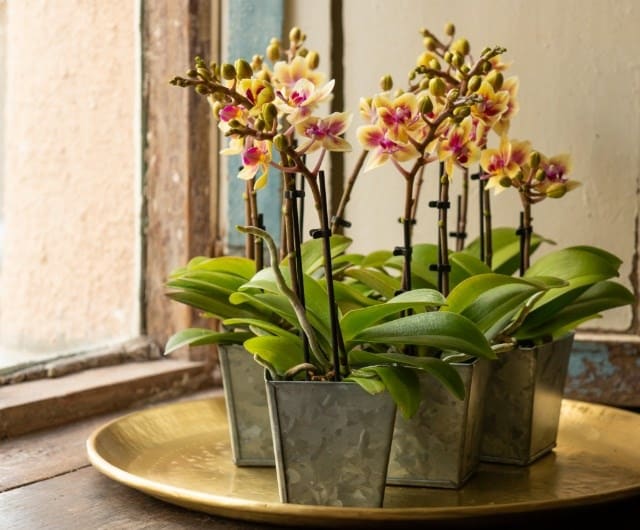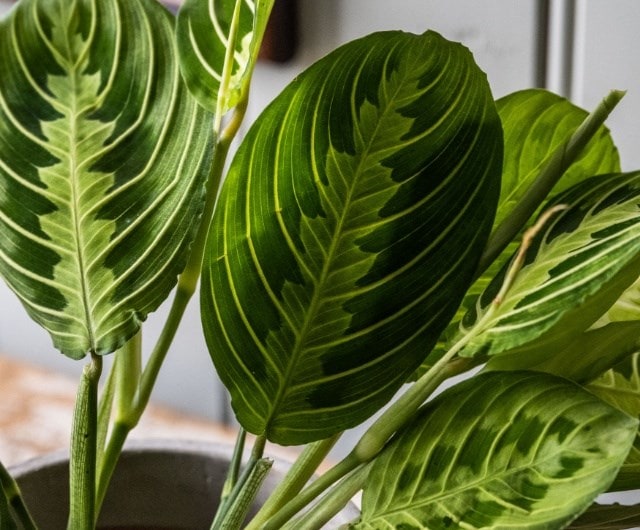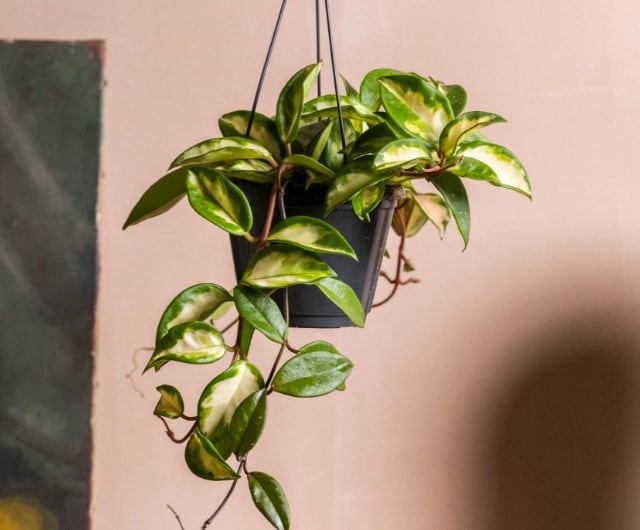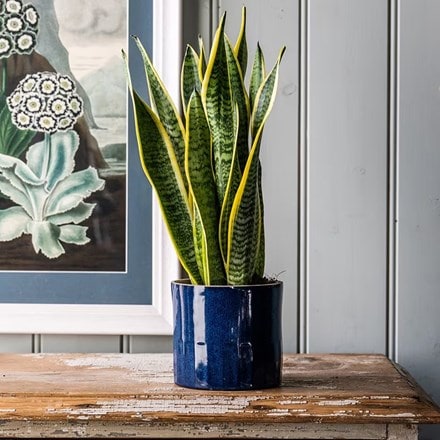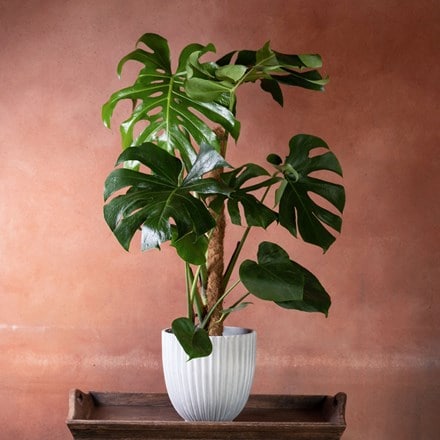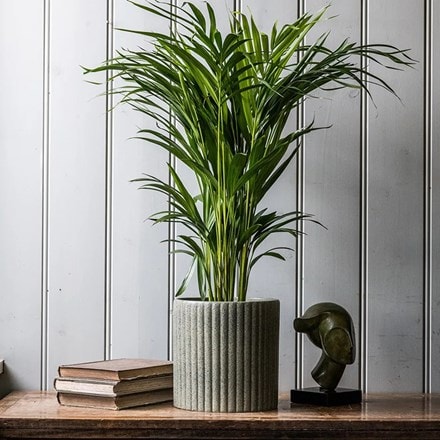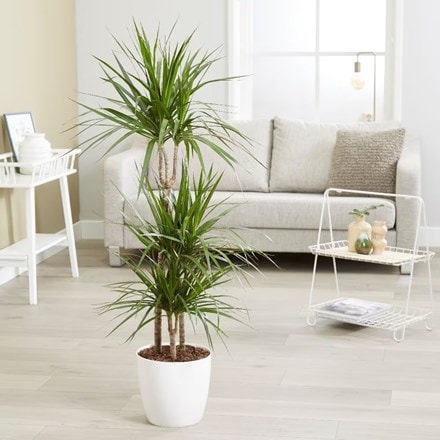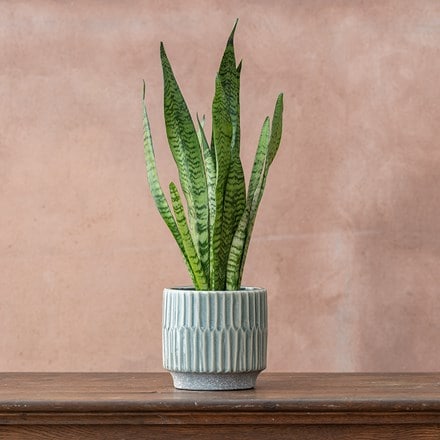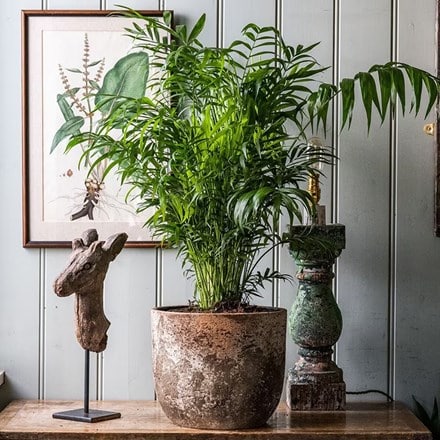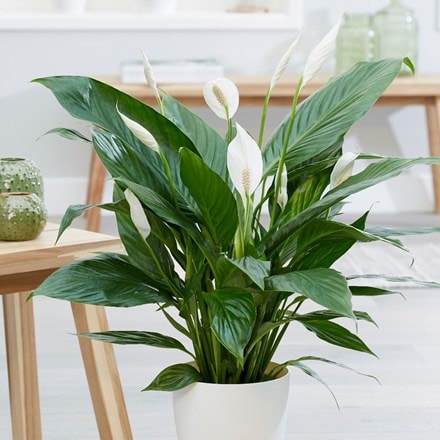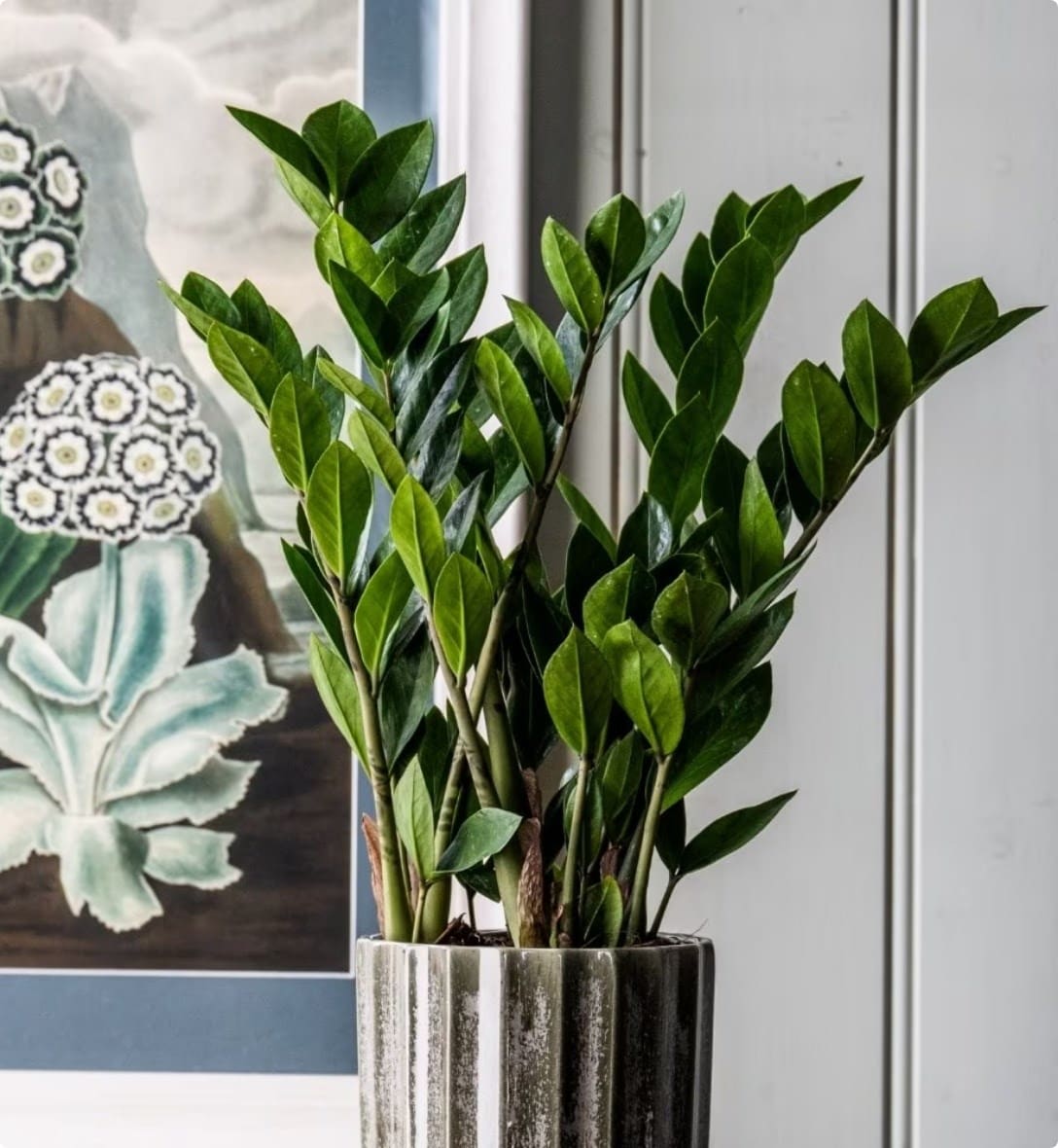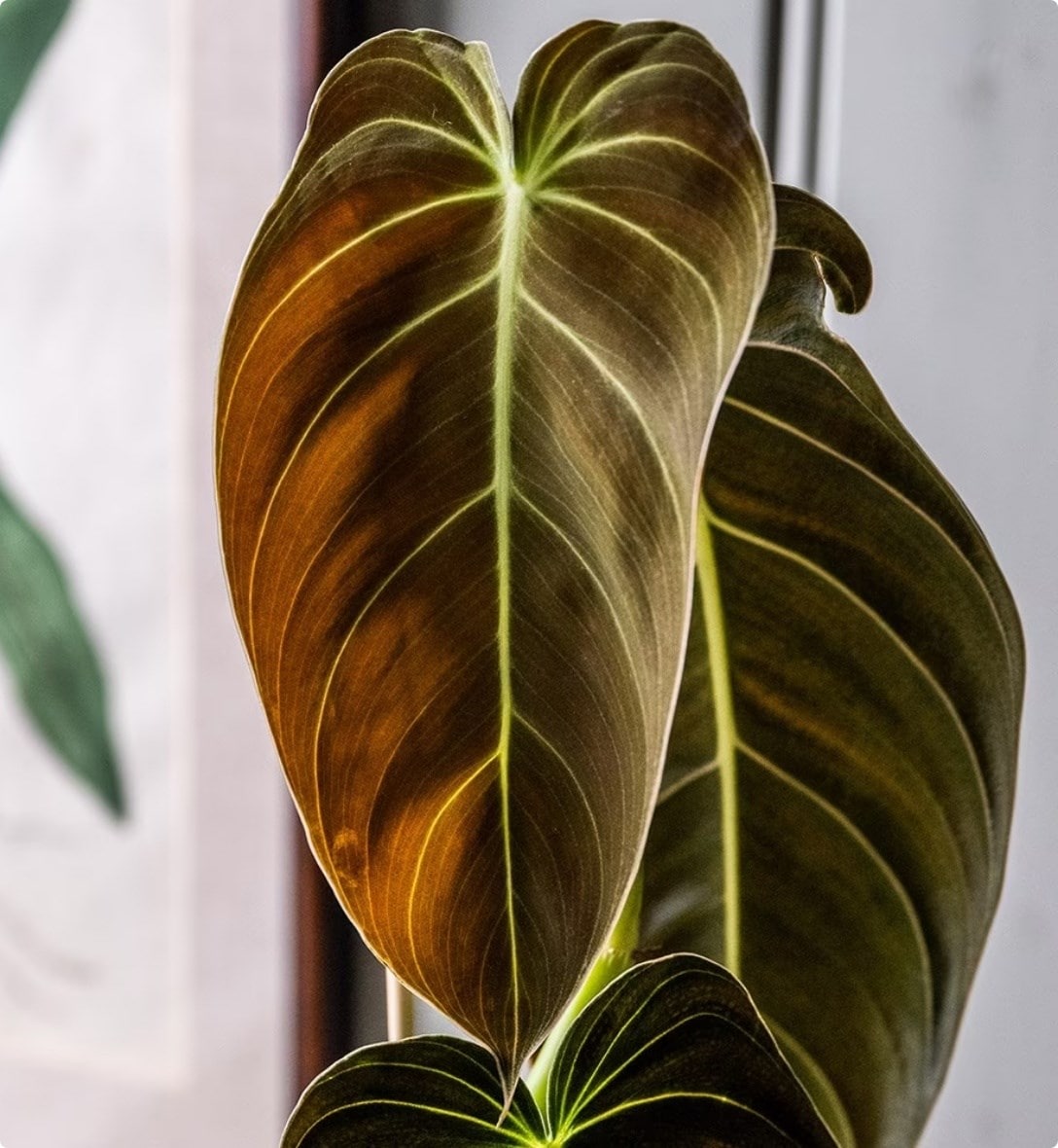How to care for foliage and flowering house plants
Indoor plants can transform any indoor space. Whether you want vibrancy or serenity, they will create a welcoming environment full of personality. However, not only do plants look good, they also purify the air and improve your overall well-being.
Being a plant parent is rewarding, but what if your plant doesn't look as healthy as before? So, whether you're an experienced or new plant parent, learn how to care for your indoor foliage and flowering plant.
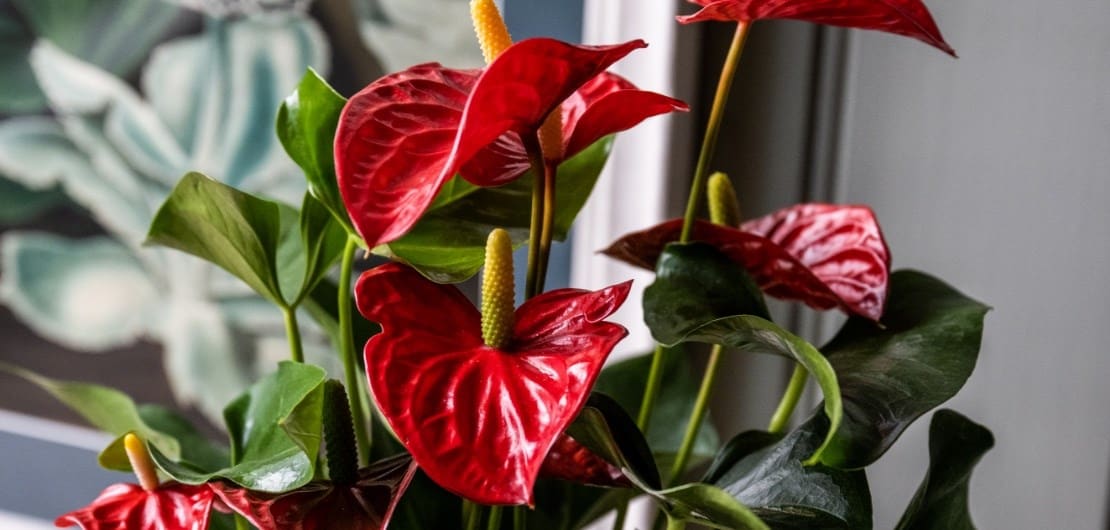
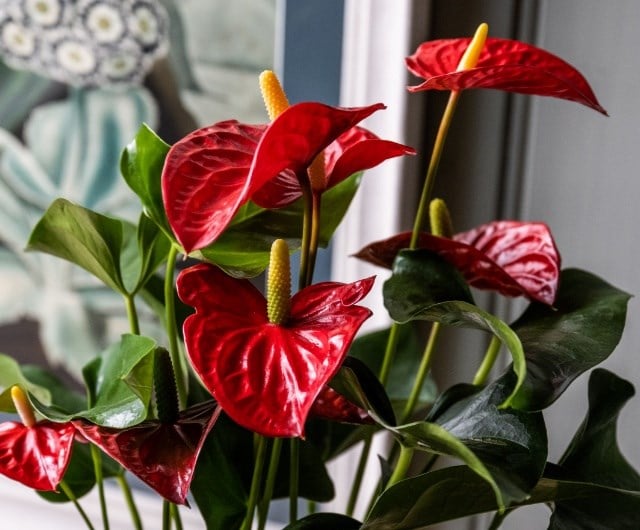
Indoor plants' most common issues
Here are our top tips for most houseplants, that will solve those day-to-day issues.
- Yellow leaves: Often a sign of over-watering or poor drainage.
- Brown leaf tips: Could indicate under-watering, low humidity, or a buildup of salts from hard water.
- Leggy growth: If your plant is stretching toward the light and losing its full shape, it needs more light.
- Pests: Look for signs of pests like aphids, spider mites, or mealybugs. Isolate affected plants and treat them with neem oil.
- Disease: Common houseplant diseases include soft decay (Grey mould) and fungal leaf spots (discoloured patches on leaves). Caused by excessive humidity and over-watering. Avoid these diseases by adopting good ventilation. Also, when it is cold, don't water in the evenings as this will encourage fungi to grow.
Understanding your plant's needs
You need to understand their needs to get your plants looking healthy again. We've assembled the top factors that will get your plant looking lush. Don't know what your plant needs? Find it on our website for full care tips.
Water
A common issue for indoor plant care is over-watering. Most foliage and flowering house plants need less water than you think. Before you water, check the compost moisture; the top 2-3 centimetres (1 inch) should be dry to the touch for most plants.
Rather than pouring water in where the plant is sitting. Put it in a sink and let water flow through. Make sure all extra water drains before putting it back in the pot.
Some plants also prefer to draw up water via their roots. Place them in a water bowl and let them absorb the water for an hour or two. Finally, keep in mind succulents and cacti require less water than tropical plants.
Humidity
Many houseplants originate from humid environments and can suffer in dry indoor air, especially during winter. If you have a particularly dry environment, try one of our dry soil plants.
Increase humidity by misting the leaves, standing on a tray of damp pebbles or using a humidifier. Bathrooms with showers can be perfect for humidity lovers like orchids and ferns.
Light
Light is the lifeline for all plants. Most indoor plants thrive in bright, indirect sunlight. The best place for natural light is a windowsill. However, be careful to ensure the sun isn't shining directly on your plant to avoid getting scorched.
Remember, variegated leaves often require more light than their solid green counterparts.
Temperature
Most indoor plants prefer temperatures between 18-24°C (65-75°F ) during the day and slightly cooler at night. Avoid putting them near things that change temperature, like radiators or air conditioners.
To feed or not to feed?
People ask if they should feed leafy or flowering houseplants. It does depend on the type of plant; however, as a general rule of thumb most indoor plants need food to grow.
Use slow-release fertiliser in spring or balanced liquid fertiliser in the growing season (spring and summer). Reduce feeding in the autumn and winter when plant growth typically slows.
Potting and Repotting
Plants typically need repotting when their roots start circling the pot or emerging from the drainage holes. This means your plant is getting too large for its pot.
You want to choose the right size pot with good drainage. Always repot into a pot the next size up, not any larger. Choose either a peat-free potting compost or John Innes No. 3 for larger plants
When to repot your houseplant? Spring is the best time to repot, giving the plant time to establish in its new home before the winter rest period.
Pruning and cleaning indoor plants
Pruning your plants keeps them healthy and can even encourage new growth. Prune dead, diseased or dying ( usually yellowing leaves) as often as needed.
If your plant looks a little dusty, wipe down leaves with a damp cloth to remove dust and help them absorb more light. Removing dust unblocks the plants' pores (stomata), improving the amount of oxygen the plant can absorb. It also encourages better water flow in and out of the plant.
Essential care tips for different types of plants
Crocus has a plant for every preference and purpose, and we understand what makes each one happy and healthy. Crucial for their health and longevity.
So how exactly can you cater to the diverse needs of your indoor plant collection?
Foliage indoor plants
Foliage plants are the workhorses of the indoor plant world. Grown mainly for their leaves which occur in all shapes and sizes, they also provide all year-round interest. To keep them lush:
- Provide moderate to bright indirect light.
- Water when the topsoil feels dry, but don't let them sit in water.
- Wipe leaves with a damp cloth to remove dust.
Air purifying plants
Air-purifying plants are essential for healthy air in your home. Perfect for rooms that need an extra boost of oxygen or high traffic.
- Most prefer bright, indirect light but will tolerate some shade.
- Allow the soil to dry out between waterings.
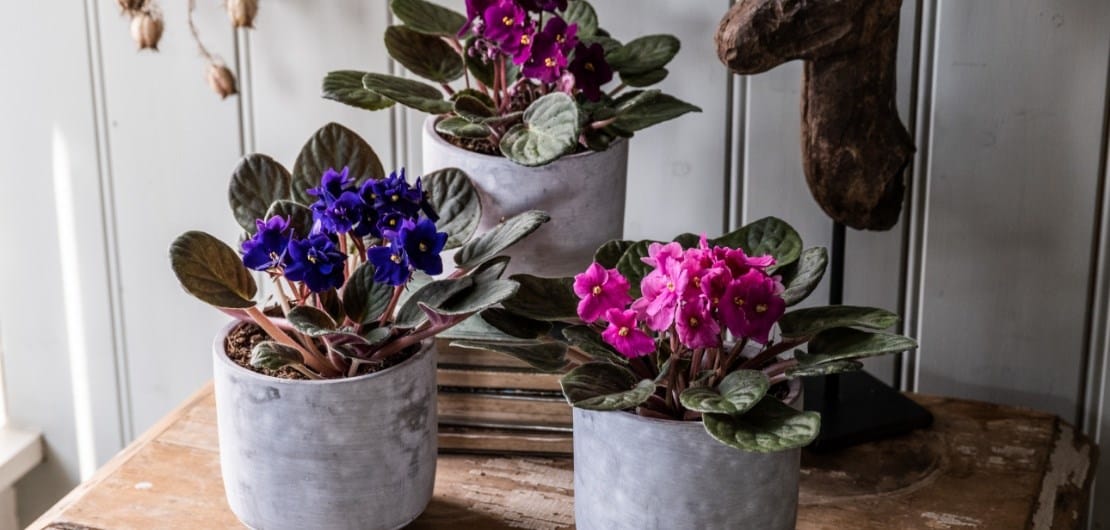
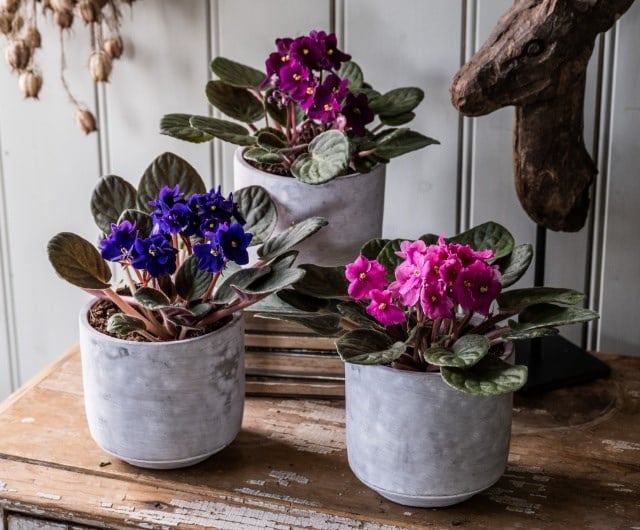
Flowering indoor plants
Indoor flowering plants bloom throughout the year and add a splash of colour to your home. Whether you love bright colours or white flowers, there is one for everyone.
- They generally need bright, indirect light to flower.
- Keep the soil consistently moist but not soggy.
- Higher humidity and regular deadheading of spent flowers encourage more blooms.
- Saintpaulia and Streptocarpus have tiny hairs on their leaves, so always water them from below.
Our top flowering house plants
- For bright colours, choose an African violet (Saintpaulia) or Streptocarpus.
- The easy-to-care-for Peace Lilies (Spathiphyllum) have gorgeous white leaf-like flowers. Similarly, Anthuriums have beautiful leaf-like flowers in a range of colours.
- Consider trying a Gardenia, Stephanotis, or Hoya to add a natural fragrance to your home.
Hanging plants
Hanging plants can make a real statement in the home. They'll look beautiful if hung from the ceiling or placed on a bookshelf.
Trailing plants like Satin Pothos (Scindapsus pictus 'Trebie') or Devil's Ivy (Epipremnum pinnatum 'Marble Queen') have fantastic leaf colour.
- They thrive in bright, indirect light but can adapt to lower light.
- Let the top 2-3 centimetres of soil dry out between waterings.
- Regular pruning can help maintain their shape and fullness.
Orchids
Orchids add elegance to any home. However, most people believe them to be hard to care for. We're here to help with our top tips to keep them flowering repeatedly.
- They prefer bright, indirect light and consistent temperatures.
- Water once a week by submerging the roots in water for a few minutes. If the roots have turned white, this means they need more water. You want healthy green roots.
- Make sure the roots get ample light and air with clear pots.
- Provide high humidity with an air mister.
Carnivorous plants
Intriguing plants like Venus fly traps, pitcher plants & Drosera are a fascinating addition. Venus flytraps close when flies touch their leaves.
Great for getting rid of those pests in your home and keeping it clean.
- They need bright light and distilled water or rainwater. Tap water which is usually alkaline, will slowly kill them.
- Keep their soil moist.
- Never fertilise them; they get their nutrients from the insects they capture.
- Pot on in spring using a specialist compost.




